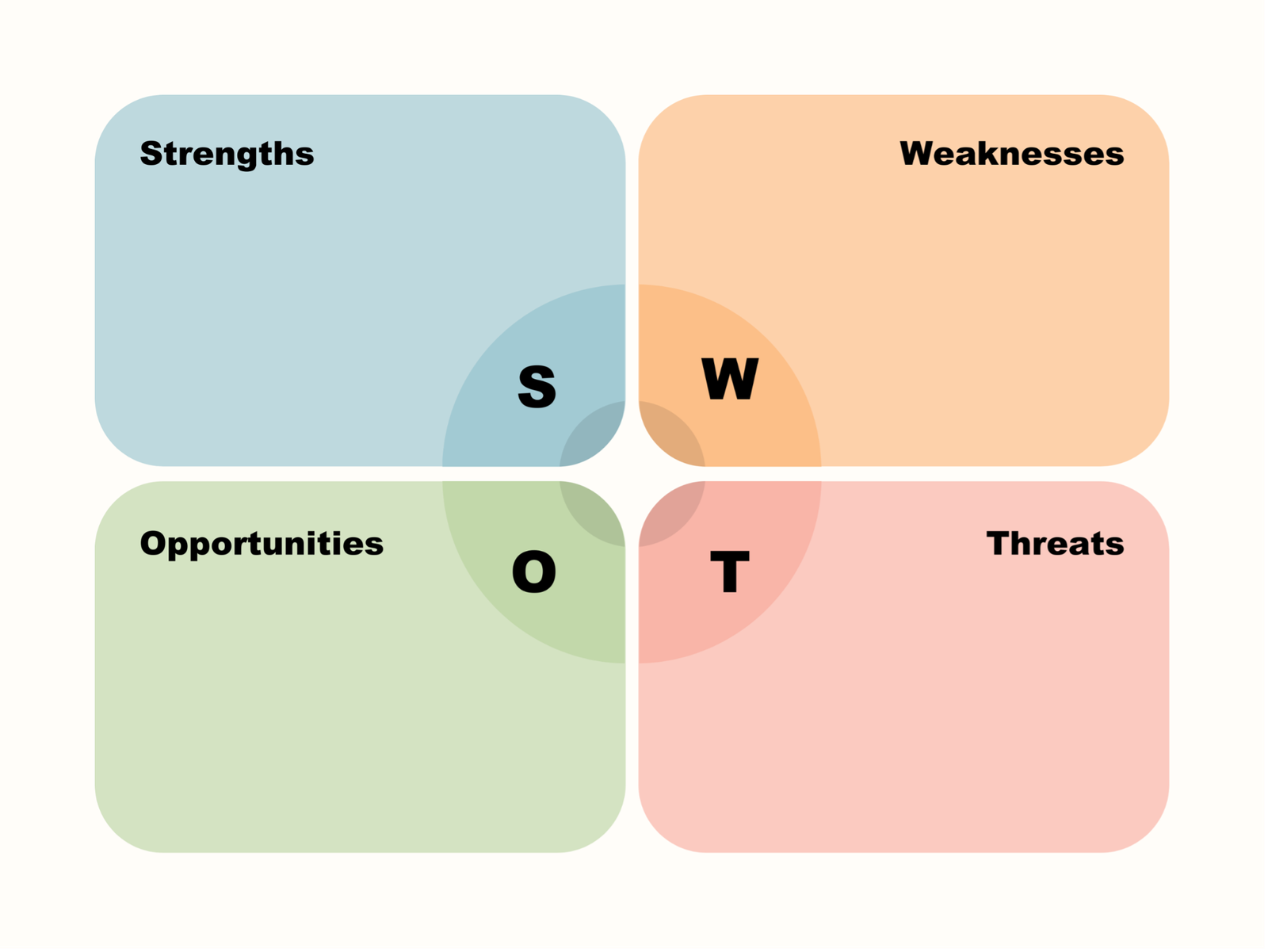Unlocking Potential: Understanding SWOT Analysis
In the dynamic landscape of business strategy, SWOT analysis stands as a beacon, guiding organizations toward success. This comprehensive guide delves into the intricacies of SWOT analysis, offering a roadmap for businesses aiming to thrive in a competitive environment.
Decoding SWOT: Strengths that Propel
In the realm of strategic planning, identifying strengths is the cornerstone of success. These internal attributes propel a business forward, setting it apart from the competition. From robust financial structures to a dedicated and skilled workforce, recognizing and leveraging strengths is the key to building a resilient foundation.
Confronting Weaknesses: Navigating the Pitfalls
Every business encounters challenges, and acknowledging weaknesses is the first step towards overcoming them. In this section, we explore how to confront and address weaknesses effectively. By transforming vulnerabilities into opportunities for growth, businesses can fortify their position in the market.
Seizing Opportunities: The Gateway to Growth
Opportunities are the currency of progress. Businesses that adeptly identify and capitalize on opportunities are positioned for unparalleled growth. This segment of the guide provides insights into recognizing and harnessing opportunities, enabling organizations to stay ahead in a rapidly evolving market.
Mitigating Threats: Safeguarding the Future
In the ever-changing business landscape, threats loom on the horizon. This section sheds light on understanding and mitigating potential threats. By adopting proactive measures, businesses can safeguard their interests, ensuring long-term stability and resilience.
Navigating the SWOT Analysis Process: A Step-by-Step Approach
- Define Objectives and Scope
- Clarify the purpose of the analysis
- Establish the boundaries for evaluation
- Conduct Internal Analysis (Strengths and Weaknesses)
- Assess organizational capabilities
- Identify areas for improvement
- Explore External Factors (Opportunities and Threats)
- Analyze market trends and competition
- Evaluate regulatory and economic influences
- Synthesize Findings for Strategic Planning
- Combine internal and external insights
- Formulate strategies aligned with the SWOT analysis
Empowering Your Business Through SWOT Insights
Transitioning from analysis to action is the crux of effective strategic planning. By harnessing the power of SWOT insights, businesses can:
- Optimize Decision-Making: Make informed decisions based on a holistic understanding of internal and external factors.
- Enhance Resource Allocation: Direct resources toward areas of strength and opportunity, maximizing efficiency.
- Adapt to Changing Environments: Stay agile by proactively addressing weaknesses and mitigating potential threats.
- Foster Innovation: Use SWOT analysis as a catalyst for innovation and continuous improvement.
In Conclusion: Elevate Your Business with SWOT Mastery
In the competitive arena of business, SWOT analysis emerges as a strategic ally, guiding organizations towards success. By understanding and leveraging strengths, addressing weaknesses, seizing opportunities, and mitigating threats, businesses can chart a course for sustained growth and resilience. Embrace the power of SWOT analysis and unlock the full potential of your business journey.
